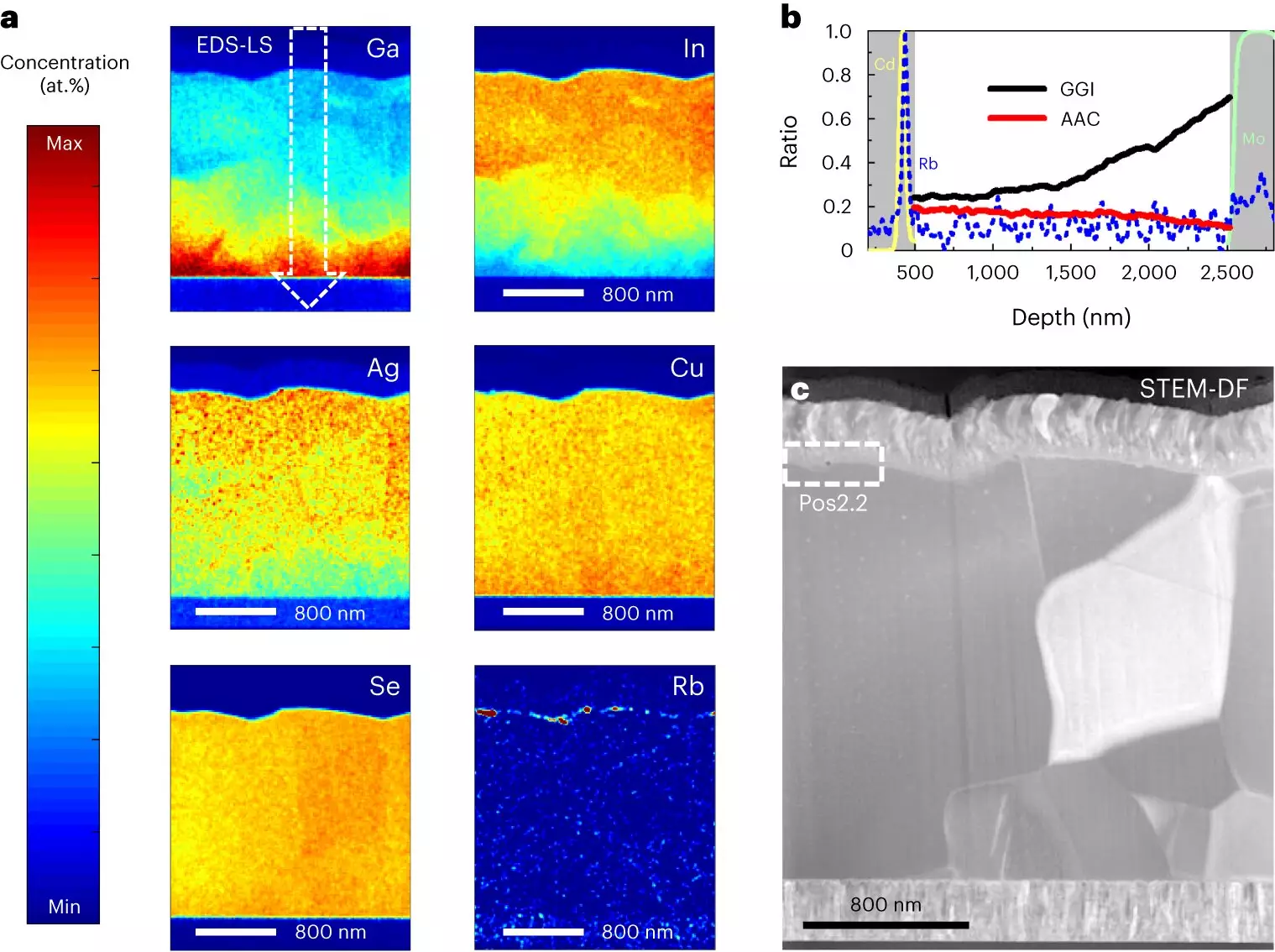The world of solar energy is constantly evolving, with researchers striving to improve the efficiency of solar cells in order to make them more cost-effective and widely accessible. One recent breakthrough in this field comes from a team of researchers at Uppsala University and at the First Solar European Technology Center AB in Sweden. They have achieved a remarkable efficiency of 23.64% in chalcopyrite-based solar cells, surpassing the previous record of 23.35% reported in 2019 by Solar Frontier, a former Solar Energy company based in Japan.
The increased efficiency in chalcopyrite-based solar cells was made possible through the implementation of two primary techniques: high-concentration silver alloying and steep back-contact gallium grading. These innovative approaches have paved the way for further advancements in the field of solar energy. Jan Keller, the first author of the paper, highlighted the importance of building upon the research findings of multiple research groups worldwide over the last few decades. The team’s work is a culmination of years of dedicated research in the field.
The research team drew inspiration from previous studies, such as the successful silver alloying with copper indium gallium selenide demonstrated by a research group in Japan two decades ago. They also incorporated insights from research conducted a decade ago, which showed the benefits of implementing heavy alkali species into absorber materials. By combining these findings with their own innovative strategies, the researchers were able to significantly enhance the efficiency of chalcopyrite-based solar cells.
Through a combination of design and fabrication strategies, the researchers were able to enhance the microstructure of CIGS, reduce defect density, and mitigate band gap fluctuations. They also succeeded in passivating the surface of the absorber in their solar cell and increasing the doping density. These advancements led to a high external radiative efficiency of 1.6% in their record CIGS solar cell, marking a significant milestone in the field of solar energy.
The recent breakthrough by the research team presents a promising production process for achieving higher efficiencies in chalcopyrite-based solar cells. These findings lay the groundwork for further advancements in the field, with the potential to facilitate the large-scale deployment of these solar cells. In their paper, Keller and his colleagues propose a set of strategies to further enhance the performance of chalcopyrite-based solar cells, with the ultimate goal of surpassing a 25% efficiency.
The future of chalcopyrite-based solar cells holds great promise, thanks to the groundbreaking research conducted by the team of researchers. By pushing the boundaries of efficiency and performance, they have set the stage for further innovations in the field of solar energy. As the world continues its shift towards renewable energy sources, advancements in solar cell technology will play a crucial role in shaping a sustainable future for generations to come.



Leave a Reply